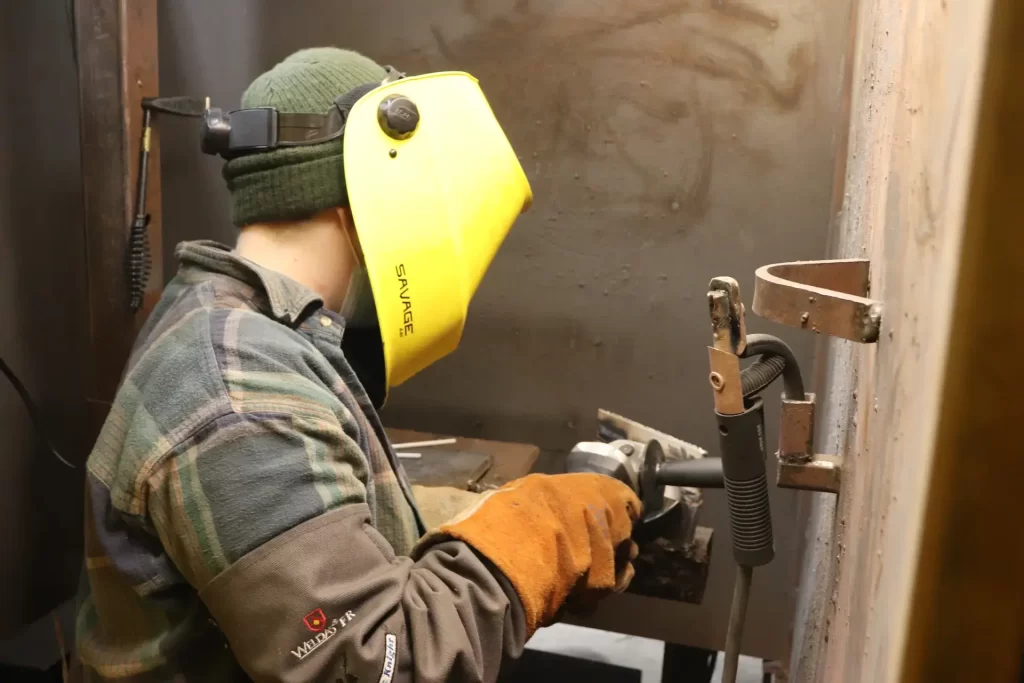The construction industry is accountable for creating various structures with various sizes, uses, and levels of complexity, from small facilities like family homes to big, complex ones like dams, bridges, and manufacturing plants. Structural durability and integrity are the most critical considerations in this enterprise. This is why the construction industry utilizes a considerable quantity of metals. In the US alone, more than forty million tons of steel are used annually in this enterprise. The majority of this quantity is used to build structural frameworks. This is where welding plays a vital role in construction.
Welding technologies are used mainly in the construction industry, primarily for fabricating structurally sound metal by fusing several metal components. However, it is also utilized to create and maintain non-structural elements. Some welding used for construction is pre-fabricated in a shop setting, while other parts of the welding procedure are done on-site.
Construction includes numerous industries, including oil and gas, transportation, power, telecommunication, manufacturing, etc. Therefore, the construction industry is vast and diverse and is divided into three main sectors, which differ by the kind of structures they build. These sectors are building construction, infrastructure construction, and industrial construction.
The application of welding work is vital to all three sectors.

As the name indicates, the building construction sector creates structures where people can dwell and keep up their activities. This sector is then divided into two parts that are residential and non-residential. Building construction primarily employs a welding program to create structural frameworks from metal elements. Welding is used to connect steel I-beams, columns, trusses, and footers to support the roof, walls, and floors. These elements are cut to size and shape, lifted into position, and welded jointly.
Structural welding is not utilized as extensively in small buildings as in high-rise buildings that need thousands of metal joints. Welding here also fabricates non-structural building elements such as stairs, firewalls, handrails, and floor joists. Also, welders work with other professionals to set up different building systems. These include:
The infrastructure sector creates dams, bridges, railways, highways, water supply systems, and wastewater management systems. The application of a welding career in infrastructure construction is mainly structural. This is because several of the structures created in this sector are megastructures that entirely depend on reliable structural metal frameworks. Specific infrastructures like bridges can be made almost entirely of metal. Others, like dams and water systems, need a lot of pipe welding.
Industrial construction includes all structures that are used industrially. Structures built by this sector hardly stand alone but are generally part of several components and structures that work together for particular purposes. Such systems comprise manufacturing plants, mills, refineries, power generation stations, etc. Industrial construction is deemed the most diverse sector within the field as it cuts across various industries. Therefore, the applications of the welding training program in this diverse sector. TIG welders are employed for the structural framework fabrication and maintenance and support structures for huge components.

The construction enterprise has a wide range of welding techniques. Most welding technologies have one use or the other in the enterprise. Some of these and their usages are as follows:
Also known as arc welding, submerged metal arc welding is mainly used for welding steel structures.
This welding is deemed more convenient than its submerged arc counterpart. As a result, this technology is widely utilized in fabrication employing structural steel and heavy equipment repair.
GMAW is known as MIG welding and is employed for structural and non-structural goals. Application-specific welding systems in the construction industry comprise stud welders such as pipe welders.
GTAW is also known as TIG welding and is crucial for its compatibility with different metals, including aluminum, stainless steel, bronze, and copper.
Read More